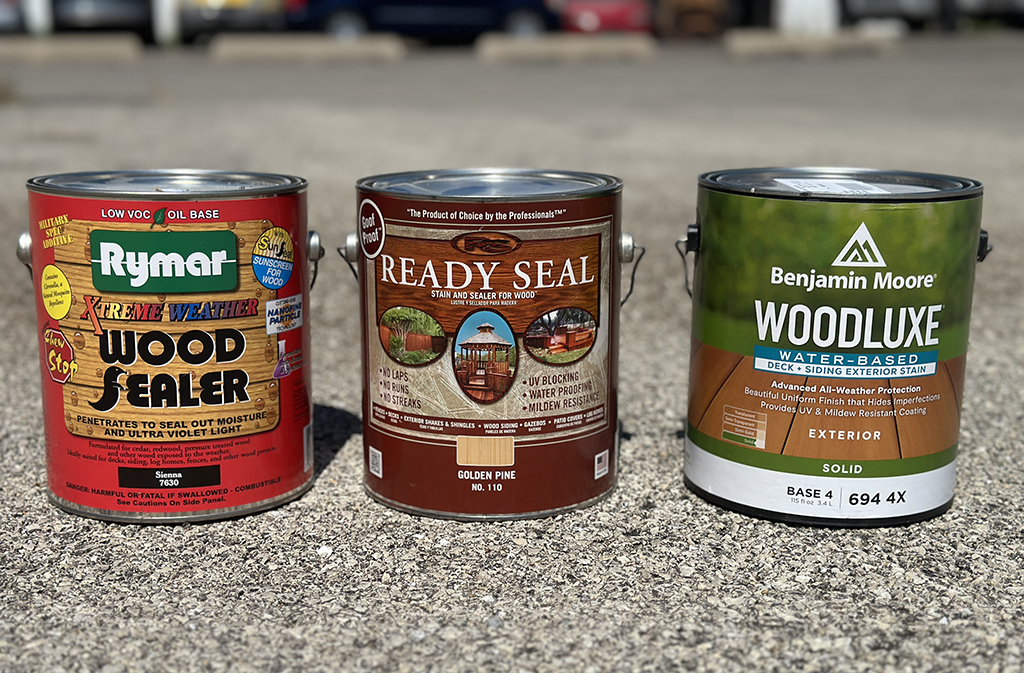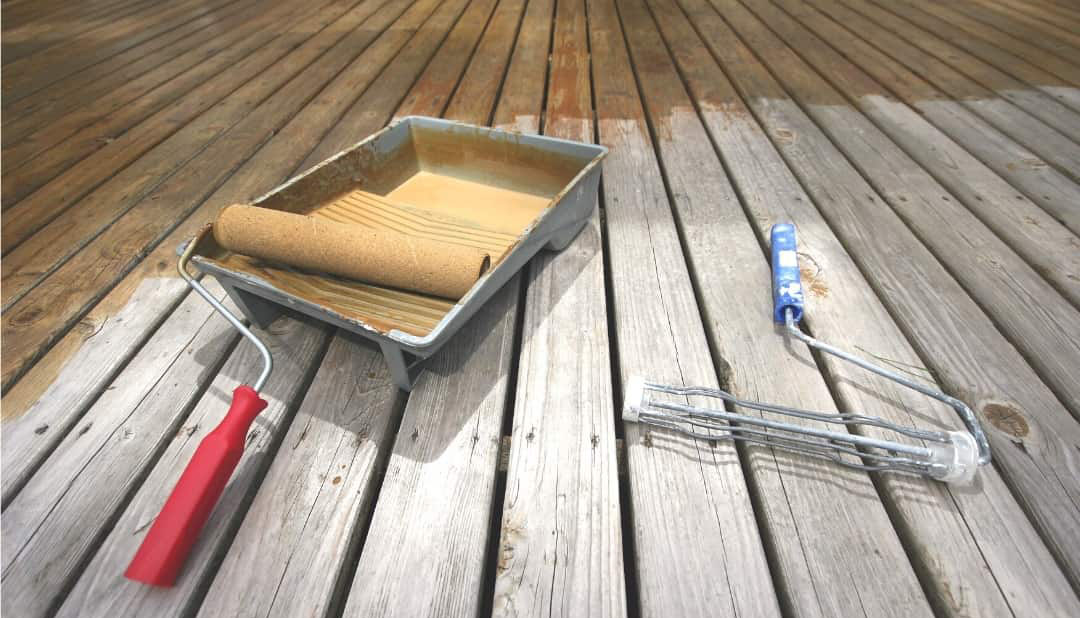If you’ve ever thought about painting your wooden deck, think again – it might not offer the outcome or look you are expecting. Despite its appearance, painting a wooden deck isn’t always recommended and in some cases can even cause significant damage to the wood. In this blog post, we will discuss the real reasons why you should never paint wooden decks what alternatives exist for sprucing up an aged piece of outdoor furniture and how to ensure that your beloved decks remain in excellent condition for years to come.
Understand the Difference Between Paint and Stain for Wooden Decks
One of the most important decisions to make when designing your wooden deck is whether you want to use paint or stain. Although both can be used to provide color and protection to your deck, they are fundamentally different. While paint sits on top of the wood, forming a barrier against moisture and UV rays, stain penetrates the wood and enhances its natural beauty. Ultimately, the choice between paint and stain depends on your preferences, as well as the condition and type of wood you’re working with. So before you make a final decision, take a moment to understand the differences between the two—and consider which one will best bring your vision to life.
Learn Why Paint Should Never Be Used to Protect a Wooden Deck
Just as you would never dye furniture to avoid removing an upholstery stain, decks need and deserve deeper care than being painted over. When it comes to protecting a wooden deck, you might assume that paint is a reliable option. However, the reality is quite different. Paint might seem to be a cost-effective way to protect your deck from harsh weather and moisture. But, unfortunately, it can do more harm than good in the long run. Paint can easily peel and blister, trapping moisture under it and leading to the rotting of the wood. It also makes the surface slippery and unsafe for walking. So, if you want to ensure that your wooden deck stays strong and sturdy for years to come, avoid the temptation to use sealant as a protective coating.
Discover the Correct Stains That Will Help Protect Your Deck From the Elements

As the days grow warmer and longer, it’s time to start thinking about getting your deck ready for the summer season. But before you dive into cleaning and staining, it’s important to choose the right products to protect your deck from the elements. From rain and snow to harsh UV rays, your deck has faced a lot of wear and tear over the years. By selecting the correct stains, you can help preserve the beauty and functionality of your deck for many summers to come. So, whether you’re a seasoned DIYer or a first-time deck owner, take the time to research and select the best stains for maximum protection and longevity.
Know What Type of Wood Is Best Suited to Staining and Sealing
When it comes to staining wood, not all types of wood are created equal. Choosing the most suitable wood for your staining endeavors is key to ensuring that your artwork looks its best and lasts as long as possible. Softwoods like pine, fir, and spruce are great options if you’re looking for a more affordable choice that is easy to apply stain to. Hardwoods like oak, birch, and maple, on the other hand, are more durable and resistant to scratches and dents. No matter which type of wood you choose, be sure to properly prepare the surface and choose high-quality stains and sealers to ensure the best possible outcome.
Find Out How Often You Need to Apply a Topcoat on a Wooden Deck
Maintaining a wooden or IPE deck requires attention to detail and regular maintenance to keep it looking pristine year-round. Applying a topcoat helps to protect the wood from weathering, fading, and other natural elements. As such, it’s important to know how often you should apply a topcoat. Factors such as the climate in your area, the type of stain or sealant you’ve applied, and the level of foot traffic on the deck can all impact the frequency of topcoat applications. Consulting with a professional or following manufacturer guidelines can provide insight on the best practices for maintaining your wooden deck’s topcoat. With a little effort and upkeep, you can ensure that your outdoor oasis remains in top-notch condition for years to come.
Learn the Proper Techniques for Removing Old Paint From a Wooden Deck
When it comes to reviving a wooden deck, removing old paint is a crucial first step. However, tackling this task without the proper techniques can lead to frustration and even damage to the wood. To begin, it’s important to choose the right tool for the job. A paint scraper or pressure washer can both be effective, but should be used carefully to avoid gouging the wood or leaving behind a filmy residue. Sanding is also an option, but can take longer and create more dust. Additionally, safety precautions such as wearing gloves and a mask should always be taken. By following these proper techniques, you can ensure a successful paint removal and start on the path to a beautifully restored deck.
In conclusion, the real reasons why you should never paint wooden decks is when it comes to protecting your deck. Paint should never be used, as it will do more harm than good and won’t protect against the elements. Make sure that you use a quality wood-stain, specifically made for outdoor wooden surfaces, and follow the instructions carefully. Further, make sure you regularly inspect your deck for peeling paint or any other signs of damage. Regular professional maintenance of your deck will ensure that it continues looking beautiful for many years to come. Taking care of wooden decks will help improve the overall look and feel of any outdoor space. With these tips in mind, you can spend more time enjoying your deck rather than worrying about its upkeep!


